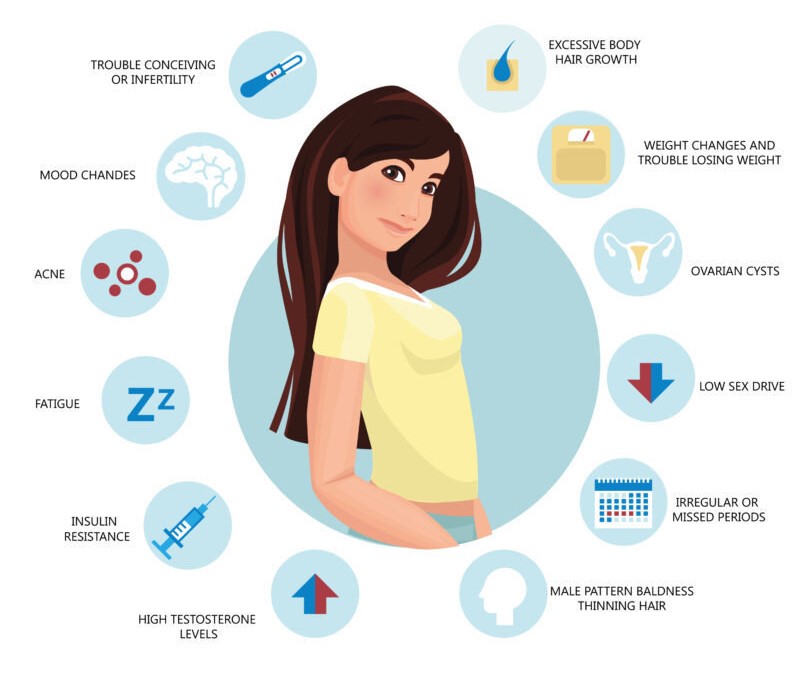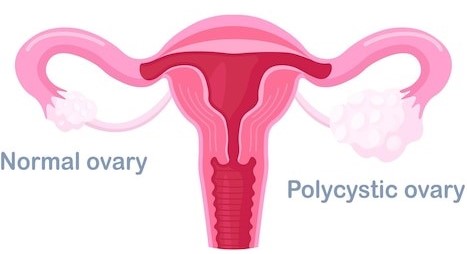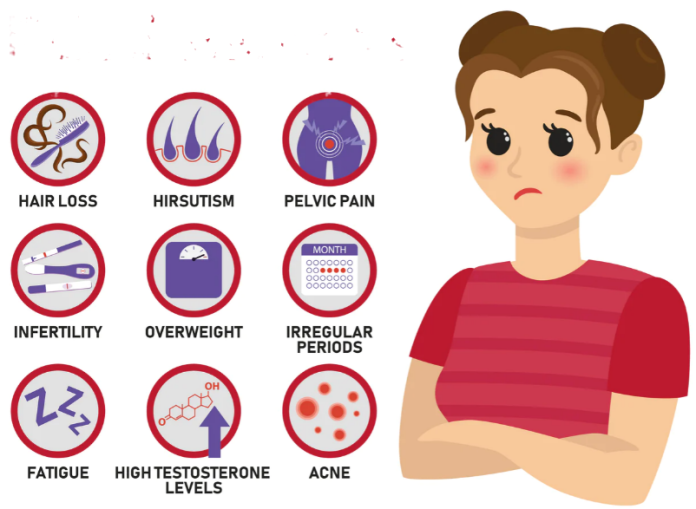For many women, the journey to health and happiness is like maneuvering through a maze. At every twist and turn, questions loom large. One of the questions we frequently hear is: How do I know if I have Polycystic Ovary Syndrome (PCOS)?
If you’ve ever asked this question, you’re not alone, as PCOS affects roughly 1 in 10 women of childbearing age, making it a common concern, according to online platform Healthline.
PCOS, despite its prevalence, remains a puzzle for many, though. Let’s unravel this mystery together, drawing on expert insights and shedding light on this condition. By the end, you’ll feel not just informed, but empowered.
What is PCOS?
PCOS is a hormonal disorder common among women of reproductive age. Women with PCOS may have infrequent or prolonged menstrual cycles and may also have excess male hormone (androgen) levels. According to Medical News Today, a leading health information platform, the ovaries might develop several small fluid-filled follicles, failing to release eggs regularly.
 Symptoms to watch out for
Symptoms to watch out for
1. Irregular menstrual cycles: This is the most common sign. Some women might miss periods, while others may have heavy bleeding. Verywell Health, a trusted health advice platform, states that over 70% of women with PCOS experience menstrual irregularities.
2. Excess hair growth: Elevated androgen levels may result in unwanted facial or body hair. A condition known as hirsutism, it’s estimated by Healthline that around 60% of women with PCOS struggle with this symptom.
3. Acne and oily skin: This is often found on the face, back, and chest. As reported by Harvard Health, one of the world’s foremost medical schools and health advice providers, PCOS is a leading cause of severe adult acne in women.
4. Weight gain: Many women with PCOS find it challenging to maintain their desired weight. WebMD, an American corporation known for providing news, advice, and expertise in the health sector, reports that about half of women with PCOS are overweight or obese.
5. Thinning hair or balding: This is another side-effect of increased androgen levels.
6. Darkening of the skin: Dark patches can form on the body, notably under the breasts, groin, or neck.
7. Headaches: Elevated hormone levels can often result in frequent, heavy headaches.
Now, just because you might be experiencing one or more of these symptoms doesn’t confirm PCOS. But it is a nudge to delve deeper and consult a healthcare professional.
Risk factors and complications
The exact cause of PCOS remains a subject of study. However, as per the World Health Organization (WHO), factors like excess insulin, inflammation, and heredity play roles. PCOS can also make women more susceptible to type 2 diabetes, high blood pressure, and even sleep apnea.
 Getting a diagnosis
Getting a diagnosis
Should you suspect you have PCOS, the first step is to visit a doctor. Medical professionals typically diagnose PCOS in women who have at least two of the three key symptoms: irregular periods, elevated androgen levels, and polycystic ovaries.
Empower yourself
Knowledge is power. PCOS might seem daunting, but understanding it is the first step towards tackling it. Whether it’s making lifestyle changes, seeking medical interventions, or simply seeking support, there’s a path forward for everyone.
By staying informed and proactive, you not only take charge of PCOS but also steer your journey towards health and happiness.
Remember, while you might have PCOS, PCOS doesn’t have you. Stand tall, be informed, and march forward with confidence.


